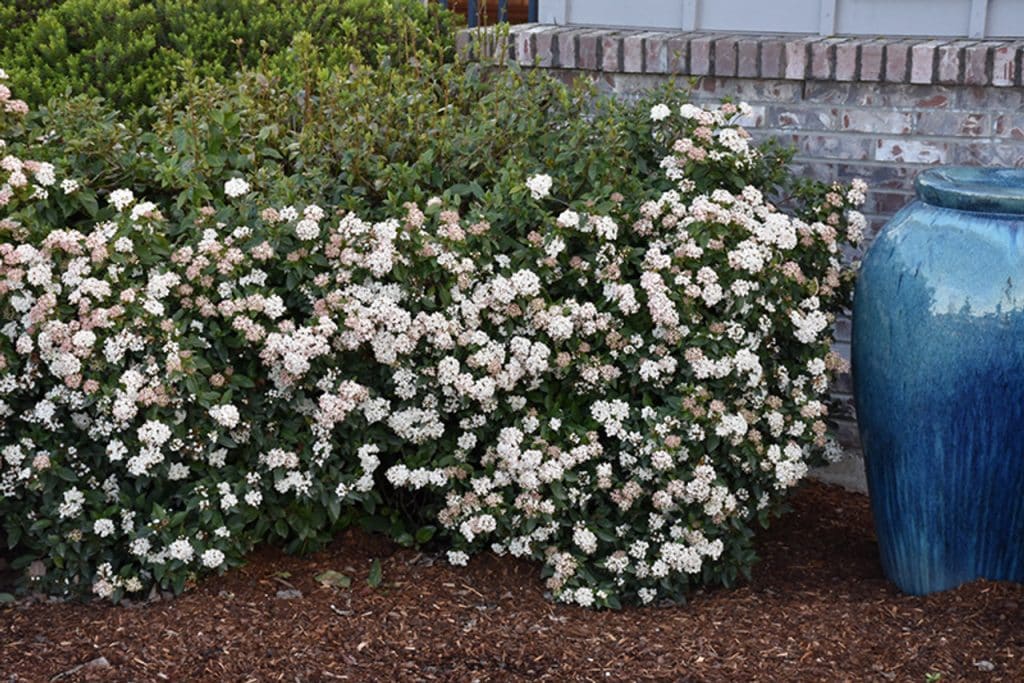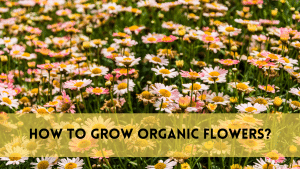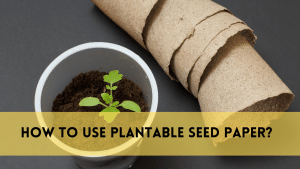Creating a fragrant garden oasis involves more than just visual appeal; it’s about crafting an environment where captivating scents linger in the air, offering a relaxing and sensory-rich experience. The right selection of flowers can elevate your garden, making it not only beautiful to look at but also a delight to the senses. In this guide, we’ll explore the five best-smelling flowers in the world, each known for its intoxicating aroma and ability to turn any space into an olfactory paradise.
The Beauty and Allure of Fragrant Flowers
The allure of fragrant flowers lies in their unique ability to transform any setting with their captivating aromas. Flowers such as jasmine, rose, gardenia, lilac, and freesia enchant the senses not only with their vibrant colors but also with their distinctive and delightful scents. The exotic fragrance of jasmine, the layered aroma of roses, the creamy sweetness of gardenias, the nostalgic essence of lilacs, and the fresh zestiness of freesias combine to create a symphony of scents that evoke emotions and memories. These flowers do more than enhance the visual appeal of gardens and homes—they elevate moods and create inviting, fragrant spaces, making them true marvels of nature.
1. Jasmine (Jasminum)
Jasmine is celebrated worldwide for its captivating and sweet aroma, making it a staple in many gardens. This delicate, white flower blooms primarily in the summer, releasing a perfume that is both powerful and soothing. Jasmine’s fragrance is often used in perfumes, oils, and teas, making it a versatile choice for both outdoor gardens and indoor spaces.
Characteristics of Jasmine
- Appearance: Jasmine flowers are typically white or yellow with a star-like shape.
- Fragrance: The aroma is sweet, exotic, and strong, often described as intoxicating.
- Blooming Season: Most varieties bloom in the summer, though some can bloom year-round in tropical climates.
- Growing Conditions: Jasmine thrives in well-drained soil with plenty of sunlight. It requires regular watering, especially during the growing season.
Best Uses for Jasmine
- Garden Borders: Jasmine is perfect for planting along borders or trellises, where its fragrance can be enjoyed as you walk by.
- Indoor Decor: Potted jasmine plants can bring their sweet scent indoors, filling your home with its soothing aroma.
For more detailed information on how to grow and care for jasmine, check out our guide on Jasmine Care and Tips.
2. Rose (Rosa)
Roses are undeniably the most iconic flowers globally, revered for their stunning beauty and unparalleled fragrance. The scent of roses varies widely depending on the variety, ranging from light and lemony to deep and musky. Roses have been a symbol of love and beauty for centuries, and their fragrance continues to captivate gardeners and flower enthusiasts alike.
Characteristics of Roses
- Appearance: Roses come in a wide range of colors, including classic red, yellow, pink, and even blue.
- Fragrance: The scent of roses is varied and complex, often described as fresh, floral, and sometimes spicy.
- Blooming Season: Roses typically bloom from late spring to autumn.
- Growing Conditions: Roses require full sun and fertile, well-drained soil. Regular pruning and fertilization with a balanced fertilizer encourage healthy growth and abundant blooms.
Best Uses for Roses
- Garden Centerpieces: Plant roses in central garden locations where their beauty and scent can be fully appreciated.
- Bouquets and Arrangements: Roses are a popular choice for creating fragrant bouquets and floral arrangements.
Discover more about different rose varieties and their care in our Comprehensive Rose Growing Guide.
3. Gardenia (Gardenia Jasminoides)
Gardenias are treasured for their creamy white flowers and strong, sweet fragrance. These elegant blooms are often used in perfumes and aromatherapy, and their scent can fill a room or garden, making them a favorite among flower lovers.
Characteristics of Gardenia
- Appearance: Gardenia flowers are large, white, and waxy, with glossy green leaves.
- Fragrance: The scent is sweet, rich, and reminiscent of jasmine, but with a creamier undertone.
- Blooming Season: Gardenias typically bloom in late spring and early summer.
- Growing Conditions: Gardenias thrive in acidic soil with high humidity and indirect sunlight. They require consistent watering to keep the soil moist.
Best Uses for Gardenias
- Indoor Plants: Gardenias make excellent indoor plants, especially when placed in a humid environment where their fragrance can be enjoyed.
- Fragrant Hedges: Plant gardenias as hedges along pathways or around patios to create a fragrant border.
For more tips on maintaining gardenias, refer to our article on Gardenia Care and Maintenance.
4. Lilac (Syringa)
Lilacs are cherished for their beautiful clusters of tiny flowers and their incredible fragrance. Their scent is often associated with the arrival of spring, making them a beloved choice in many gardens for their nostalgic and refreshing qualities.
Characteristics of Lilacs
- Appearance: Lilacs have clusters of small, tubular flowers that come in shades ranging from purple to white.
- Fragrance: The scent is sweet, floral, and slightly spicy, often considered one of the most fragrant garden flowers.
- Blooming Season: Lilacs typically bloom in mid-to-late April.
- Growing Conditions: Lilacs prefer well-drained, alkaline soil and full sun. Pruning after flowering helps maintain their shape and encourages more blooms the following year.
Best Uses for Lilacs
- Spring Gardens: Lilacs are ideal for spring gardens, where their blooms and scent herald the end of winter.
- Cut Flowers: Bring lilacs indoors as cut flowers to enjoy their scent and beauty up close.
Learn how to get the most out of your lilac plants with our Lilac Growing Guide.
5. Freesia (Freesia)
Freesias are known for their vibrant colors and sweet, lemony scent. These flowers are popular in bouquets and gardens alike, adding both visual appeal and a refreshing fragrance to any setting.
Characteristics of Freesia
- Appearance: Freesias produce trumpet-shaped flowers in a variety of colors, including white, yellow, pink, red, and purple.
- Fragrance: The aroma is refreshing, zesty, and very sweet, making it a popular choice for perfumes and scented products.
- Blooming Season: Freesias usually bloom from late winter to early April.
- Growing Conditions: Freesias prefer well-drained soil and ample sunlight. They need regular watering during the growing season but should be kept dry during the dormant period.
Best Uses for Freesias
- Bouquets: Freesias are often used in bouquets for their bright colours and pleasant scent.
- Garden Edges: Plant freesias along garden edges or in containers to enjoy their vibrant blooms and fragrance.
For more on how to grow and care for freesias, visit our Freesia Care Guide.
Related Posts
FAQs
1. Why are jasmine blooms so fragrant?
Jasmine flowers generate a high concentration of volatile chemicals, specifically benzyl acetate and indole, which contribute to their powerful and pleasant aroma, particularly at night.
2. Why are roses regarded as the most popular fragrant flower?
Roses have a diverse smell profile that ranges from lemony and fruity to spicy and musky. This adaptability, combined with their beauty, makes them universally adored.
3. How do gardenias preserve their powerful fragrance?
Gardenias produce a strong smell due to their high content of fragrant oils. The waxy texture of the petals helps preserve these oils, making the perfume powerful and long-lasting.
4. When do lilacs normally bloom, and what is their aroma like?
Lilacs often bloom in mid-to-late April. Their aroma is sweet and fragrant, similar to a combination of roses and vanilla with a subtle spicy undertone.
5. What are the best conditions for growing fragrant freesias?
Freesias thrive in well-drained, sunny conditions. They require frequent watering throughout the growing season and should be kept dry during the dormant phase to maintain powerful blooms and a strong smell.
Conclusion
Incorporating the best-smelling flowers, such as jasmine, rose, gardenia, lilac, and freesia, into your garden can transform it into a fragrant paradise. These flowers not only have remarkable visual appeal but also fill the air with delightful scents that stimulate the senses. Whether you favor the heady sweetness of jasmine, the classic aroma of roses, the rich scent of gardenias, the nostalgic essence of lilacs, or the lemony freshness of freesias, these blooms will enhance the beauty and fragrance of your garden, creating a true oasis of tranquility.




